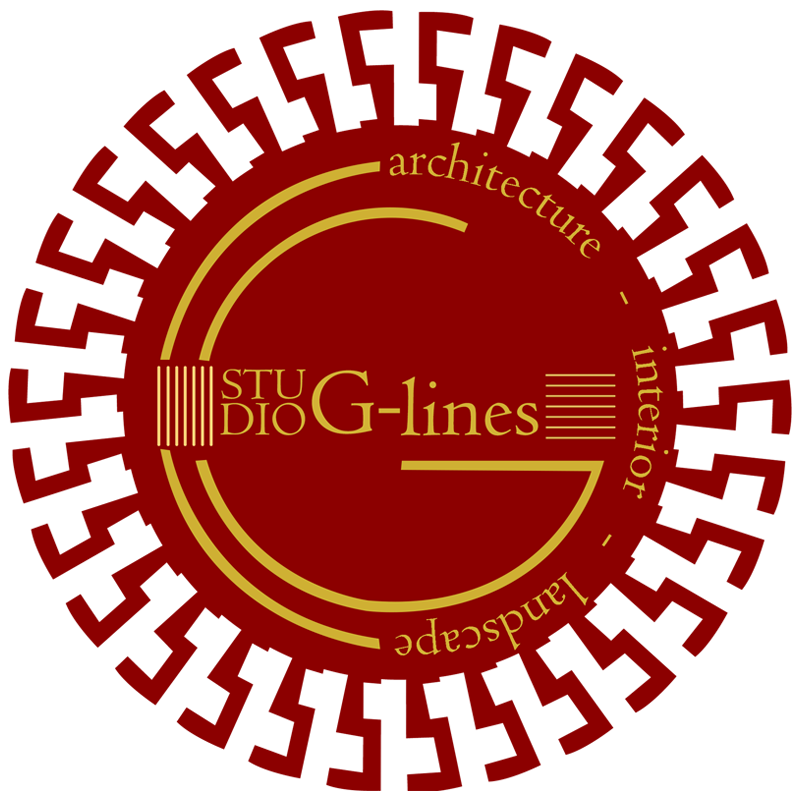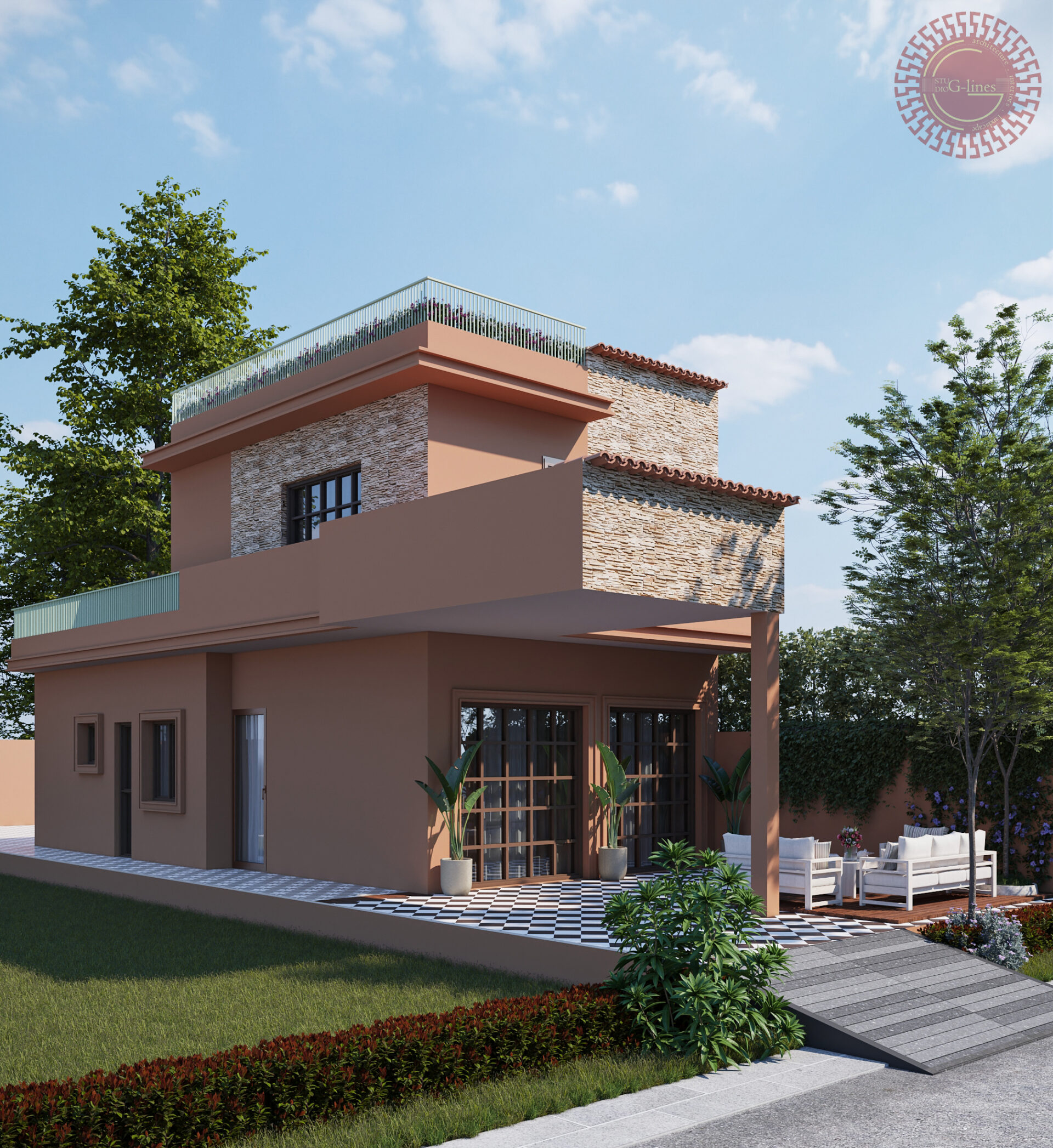Architectural challenges often spark innovation, and few challenges are as unique as designing on a triangular plot. Unlike conventional square or rectangular sites, triangular plots introduce slanted edges and unusual angles, which can make space optimization difficult.
The first and most significant challenge in working with a triangular site is maximising usable space. By their nature, triangular plots often result in awkward, underutilised corners that disrupt functionality. Left unchecked, these irregular spaces often lead to odd corners that, if left unaddressed, can become dead space.
The key to overcoming this issue is reshaping the interior space by emphasising perpendicular and parallel lines. This approach transforms a triangular footprint into more functional rectangular forms, which enhances flow and usability within the building. The rectilinear layout brings a sense of order to the design, ensuring that each space feels cohesive and intuitive.
Additionally, slanted edges can be repurposed as buffer zones for non-primary spaces like staircases, toilets, and utility areas. By placing these elements in the buffer zones, the design maximises functionality without wasting valuable floor space.

